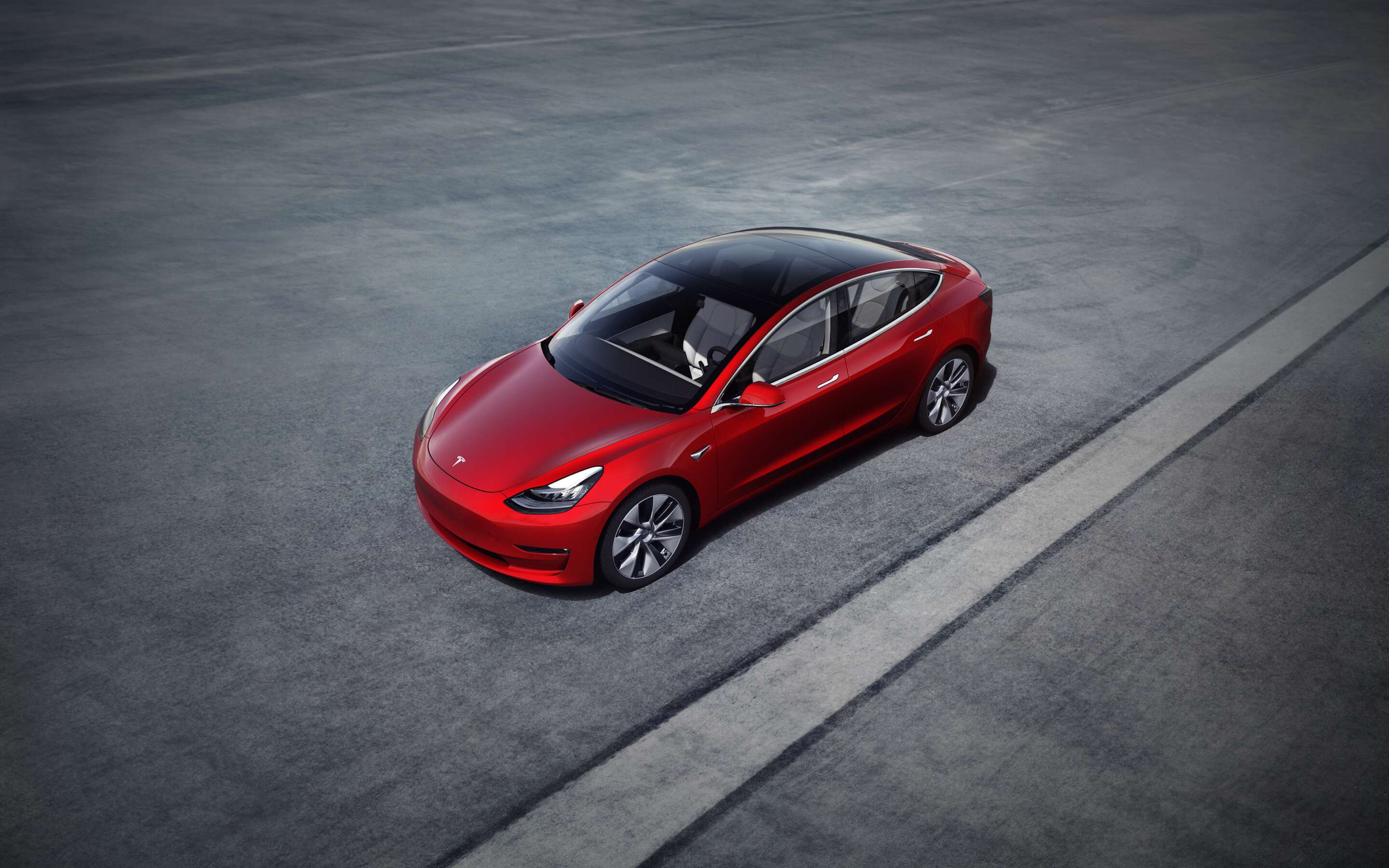Tesla has reduced prices again!
Tesla recently lowered the official guidance prices of Model 3 and Model S. This is the second time that Tesla has officially lowered prices since May. The price of the Model 3, which is domestically produced and meets the standards for Chinese customers, has been reduced four times in about a year.
For such a frequent price reduction, some are happy and some are worried!
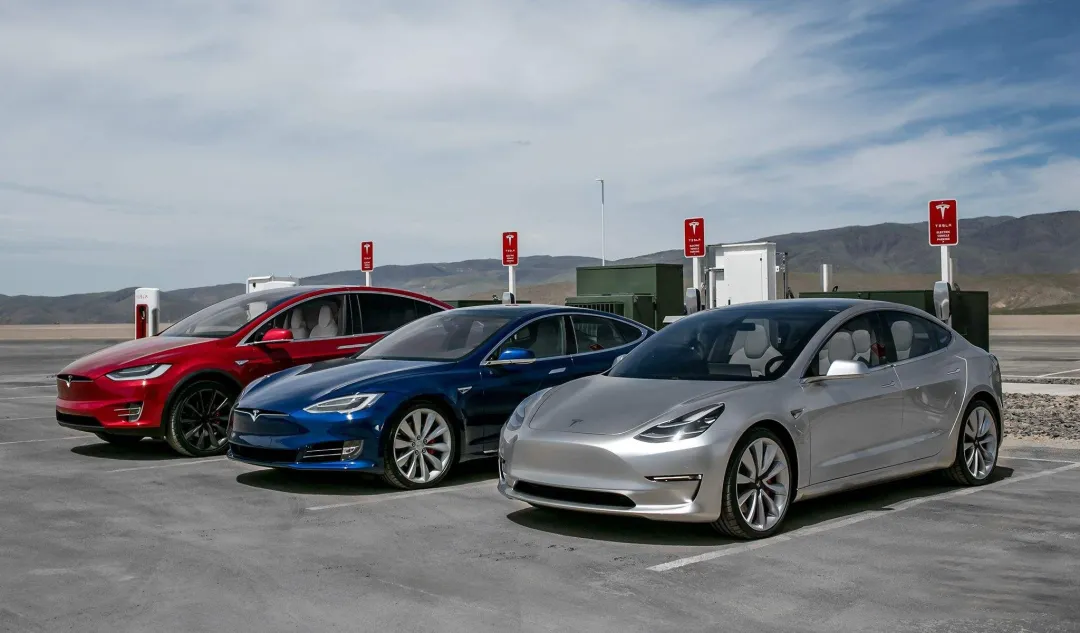
Early buyers have suffered losses due to the price reductions, and the highest losses have already exceeded 100,000 yuan. As an early buyer, Old Ape was already prepared to buy Model 3, but was delayed and now realizes he has fortunately avoided a loss.
However, for potential Tesla owners, also known as “waiting party” like Old Ape, this marks a victory, saving their wallets. Although the money saved is not much, it is hard-earned money.
When the news of this price reduction came out, many people were speculating that domestic new energy brands would be completely defeated by Tesla. Although not as fanatical as before, news of Tesla’s price reductions and new domestic brands’ difficulty still persists.

Regarding the view that “Tesla’s price reduction will lead to the downfall of domestic new energy brands,” Old Ape holds a different opinion. Tesla’s price reduction is a positive move for the market and consumers. Although early buyers have suffered irreversible damage, in the long run, price reductions mean the expansion of the consumer group, which is beneficial to the development of the overall market.
Therefore, we hold this view to discuss the positive development of Tesla’s price reductions.
Tesla’s price reduction rules
Since the beginning of this year, Tesla’s price reductions have never ceased. Let’s take a look at Tesla’s several price reductions this year.
First price reduction: On January 3, Tesla announced the reduction of the domestic Model 3’s price. After a reduction of RMB 32,000, domestic Model 3’s price decreased to within RMB 300,000, including national subsidies.
Second price reduction: To benefit from the latest national policy subsidies, Tesla lowered the price of Model 3 to within RMB 300,000 including subsidies, making the domestic price just over RMB 270,000.
Third price reduction: On May 27, after the Model 3 price reduction, Model X and Model S two imported high-end models were also reduced, adjusting the selling price, which decreased by RMB 29,000.And now it’s the fourth round of price cuts, and after this round of cuts, the Model 3 has landed squarely in the price range of 200,000-250,000 yuan, the heartland of gasoline cars.
From the information displayed on Tesla’s China website, the domestic Model 3 Standard Range Plus has dropped from 271,000 to 249,900 yuan, and the domestic Model 3 Long Range Rear-Wheel Drive has dropped to 309,900 yuan after subsidies.
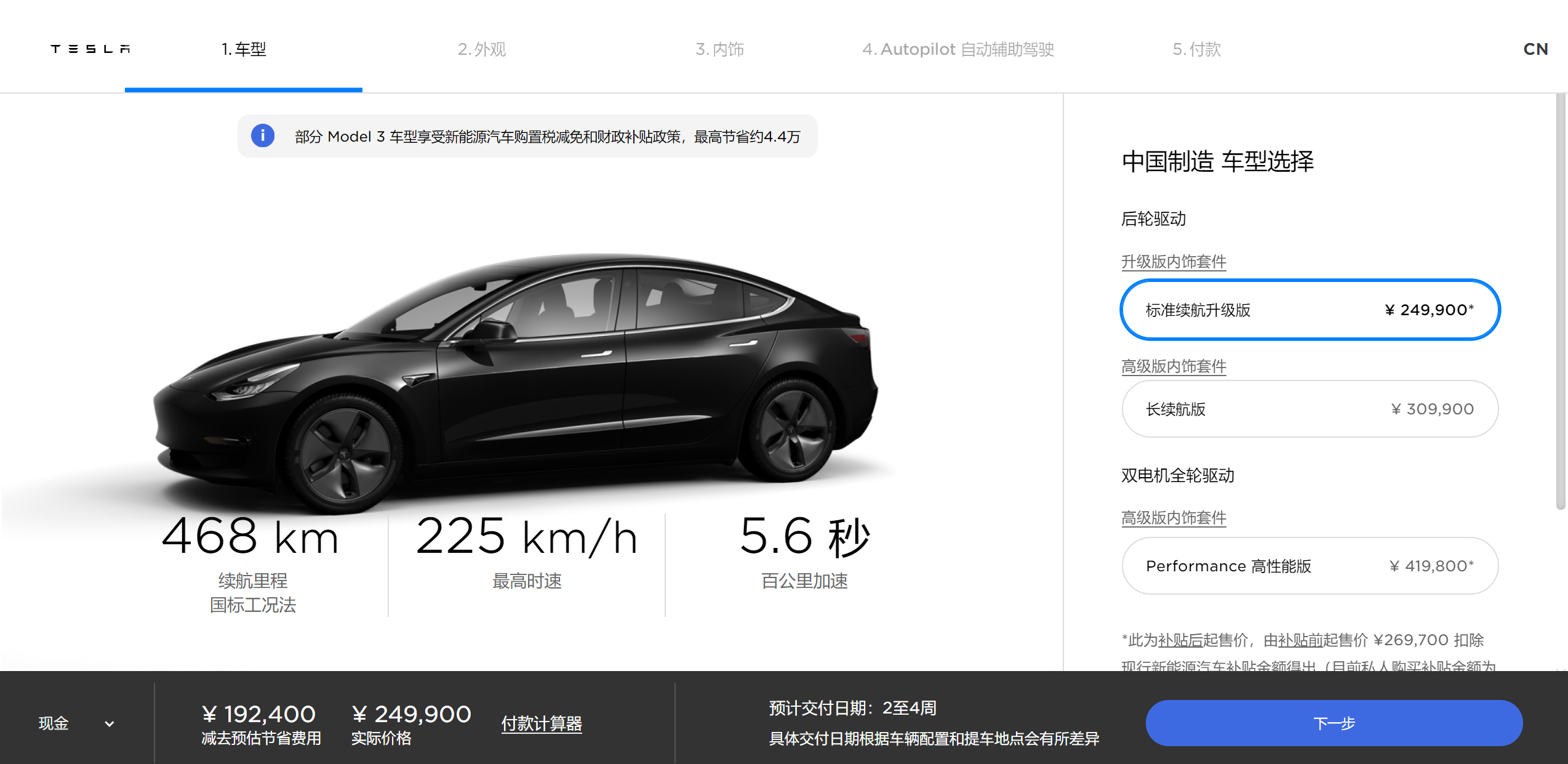
Prior to this, the selling price for Standard Range Plus was 291,800 yuan, while the selling price for Long Range Rear-Wheel Drive was 344,100 yuan.
The updated Model 3 Standard Range Plus achieved over 20 km of effective improvement in its range, reaching a comprehensive NEDC range of 468 km, a top speed of 225 km/h, and a 0-100 km/h acceleration time of only 5.6 seconds. The vehicle also enjoys the same vehicle warranty and battery warranty of 4 years or 80,000 km/battery warranty, 8 years or 160,000 km.
The reason for the price reduction is also due to the switch to CATL’s lower-cost lithium iron phosphate battery for the Standard Range Plus version.

Tesla has not revealed the new car’s battery capacity, but the weight of the Model 3 with iron phosphate batteries is 1,745 kg, 131 kg heavier than the standard range version of the Model 3 with ternary lithium batteries and the same weight as the rear drive long-range version (which carries a 72-degree ternary lithium battery).
Considering the lower energy density of iron phosphate batteries compared to high-nickel ternary lithium batteries, if the same size battery is used, the iron phosphate version of the car will naturally be heavier.
However, despite this, the new car’s range has increased, indicating that its battery capacity has probably increased slightly.

Using iron phosphate batteries is widely considered to be the result of Tesla’s efforts to increase domestic production. Of course, this is true, but what is the purpose of increasing domestic production? The primary goal is to lower prices.
The launch of the iron phosphate version of the Model 3 is a new trend in automakers choosing different batteries for different models. Entry-level models have shorter ranges, so they can use iron phosphate to reduce costs. Mid-to-high-end models emphasize long-range, so they continue to use high-nickel ternary lithium batteries.
This helps automakers control costs, and the controlled costs can help the whole vehicle continue to have room for price reductions, which will enhance sales.## Tesla Partners with New Car Makers to Expand the Market
Although price cuts are made for sales volume, their nature is to accelerate the expansion of the new energy market. That’s why when I say Tesla is partnering with new car makers, some people may think that I’m crazy. Of course not, because there is no “extreme” competition between Tesla and domestic new car makers from the beginning. Initially, the market will compare Tesla with new car makers.
How did domestic new car makers come about? It was after Tesla opened up many patents to the outside world that domestic new forces took the opportunity to enter the car manufacturing field. If Tesla had adopted a “competitive” attitude from the beginning, the difficulties faced by domestic new car makers today would have been ten times greater. With Tesla’s scale, it has many options to restrain new car makers in terms of products and price.
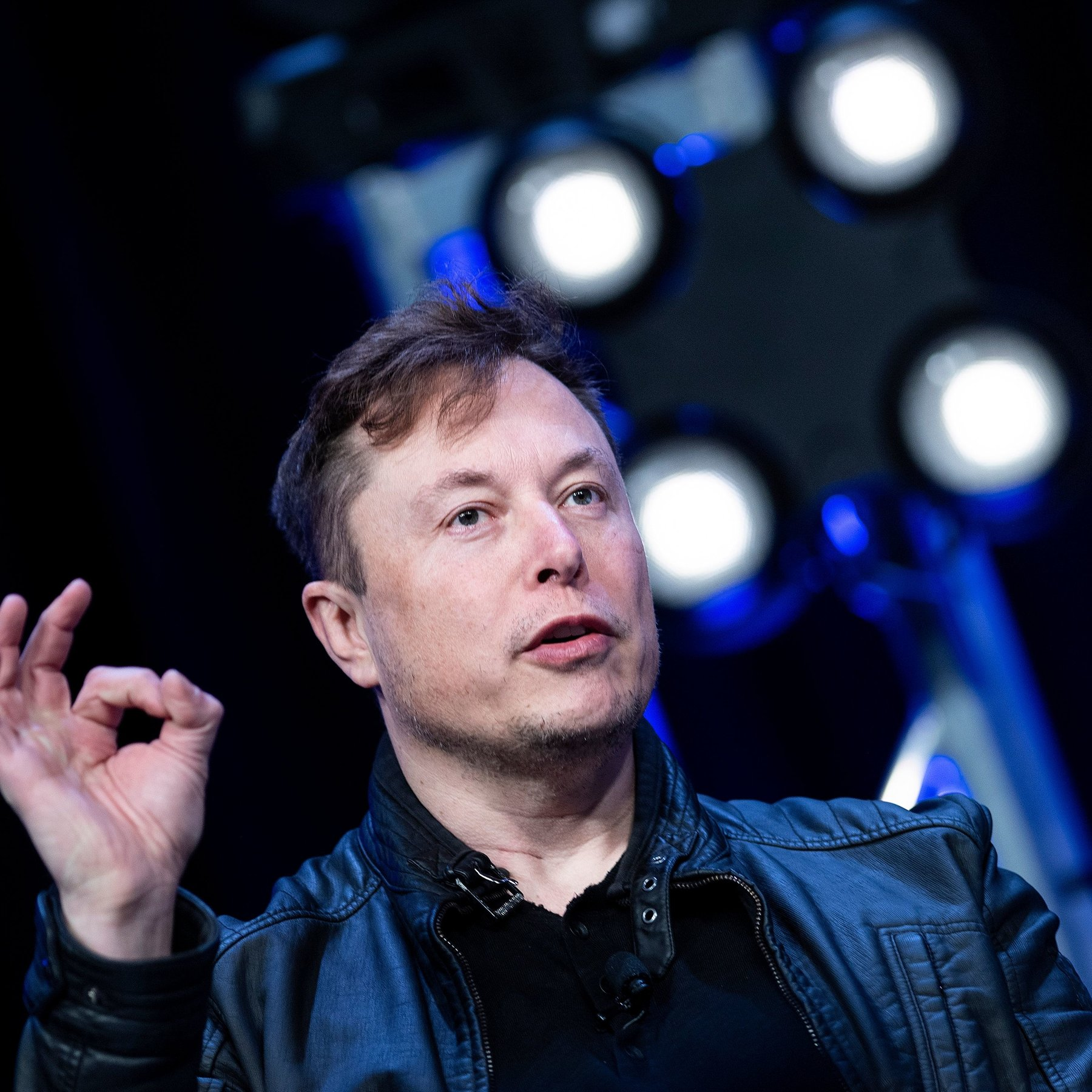
However, the original intention of Tesla was not to compete, or to say that they are not in a competitive relationship with new car makers at this stage. Elon said in an interview with reporters when he opened up the patents: “We hope that more people will participate in this (car-making) enterprise. Our ultimate goal is to let more people use electric cars. At present, fuel cars are still the main products in the market, and this needs to be changed.“
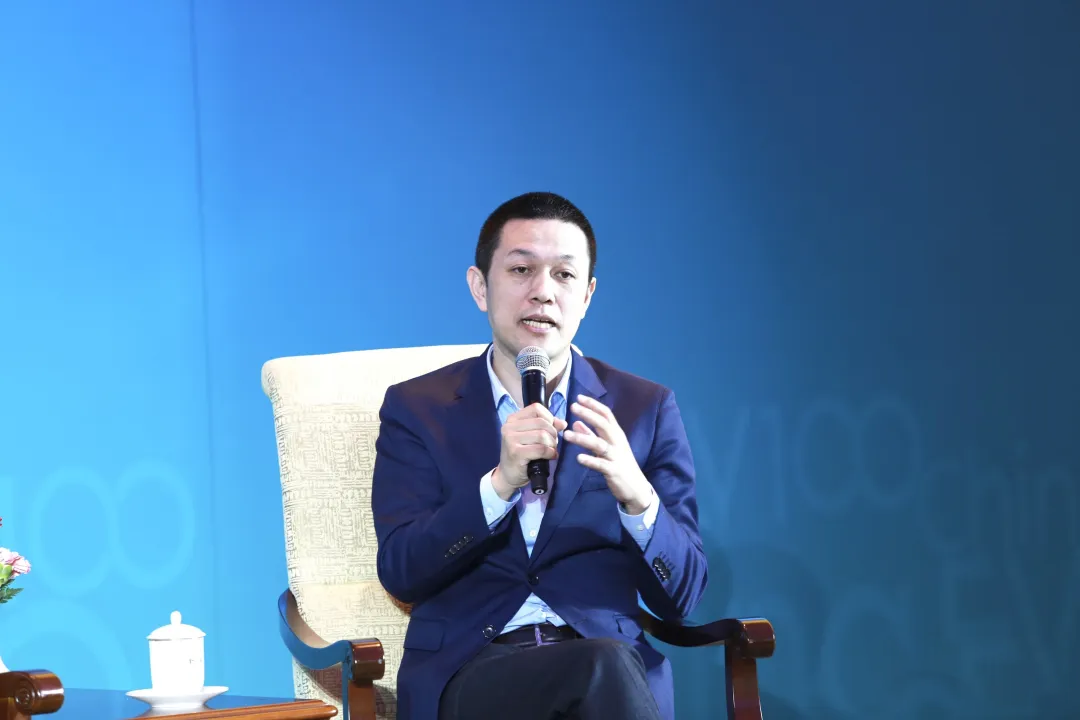
Therefore, from this perspective, the relationship between Tesla and new car makers is actually comrades-in-arms, not opponents. Li Bin also expressed in public occasions before that “the competitive relationship between NIO and Tesla is actually very small. Tesla’s domestic production and price cuts are not the wolf is coming. Tesla is more like a catfish which has short-term impact but not great on NIO. In the long run, Tesla’s bigger role is to expand the market, which is good for NIO or the market. What we need to do is to improve ourselves so that the market can recognize our products.“
So you see, both Tesla and new car makers are thinking at the top level about how to accelerate the transformation of the automobile industry to new energy vehicles. To achieve this, what they really need to do is to increase sales volume and accelerate the penetration of the fuel vehicle market.
According to the latest retail sales data of the China Automobile Dealers Association, the sales volume of narrow passenger cars in China in September reached 1.912 million, up 7.4% year-on-year and 12.2% month-on-month. The cumulative sales volume from January to September was 12.927 million, a cumulative growth rate of -12.5%. Among them, the sales volume of new energy narrow passenger cars in September was 111,000, up 84.2% year-on-year and 18.5% month-on-month; the cumulative sales volume was 601,000, down 19.3% year-on-year.## Sales Are Not Decreasing Overall
As shown by the data from the China Association of Automobile Manufacturers, the sales of new energy vehicles have declined in September YoY due to the impact of the pandemic, indicating that the long march towards the popularization of new energy vehicles has just begun.
Old Monkey mentioned earlier that both Tesla and other new automakers share the common goal of replacing fuel-powered cars. Considering that new energy vehicles only account for about 16% of the entire auto market, it is necessary for new energy companies to work hard to improve their sales.
This is also one of the reasons why Tesla accelerates localization and continues to lower prices, as lower prices mean increased sales, which aligns with Elon Musk’s goal. He previously expressed that he believed the Model 3 is still too expensive and that the price can be further reduced.
However, some may argue that Tesla’s price reduction will inevitably impact new automakers. Old Monkey does not deny this, but from the perspective of sales, domestic Chinese brands actually benefit from this.
According to official data, Tesla sold 88,400 vehicles in the first quarter of this year, 90,560 vehicles in the second quarter, and delivered 139,300 vehicles in the third quarter, with a cumulative sales of 318,350 vehicles in the first three quarters.
China market contributed nearly one-third of the sales. The revenue contribution is also increasing. Tesla’s revenue in China was $2.3 billion, accounting for 19.13% of Tesla’s total revenue of $12.021 billion.
Tesla is strong in China, but how about new automakers compared to it? Let’s take a look at the sales performance of the top three automakers.
According to the official data released by XPeng Motors, in September this year, XPeng Motors delivered 3,478 vehicles, with a YoY growth of 145% and a MoM growth of 31%, setting a monthly record. Among them, the P7 model delivered 2,573 vehicles, accounting for 73.98% of the total sales.
This is the third consecutive month for XPeng Motors to maintain sales growth. In July and August of this year, XPeng Motors sold 2,451 and 2,649 vehicles, respectively, achieving a MoM growth of 167.58% and 8.08%, respectively.
In the third quarter, XPeng Motors delivered a total of 8,578 vehicles, with a YoY growth of 266%. Among the different models, the G3 model and the P7 model sold 2,368 and 6,210 vehicles, respectively.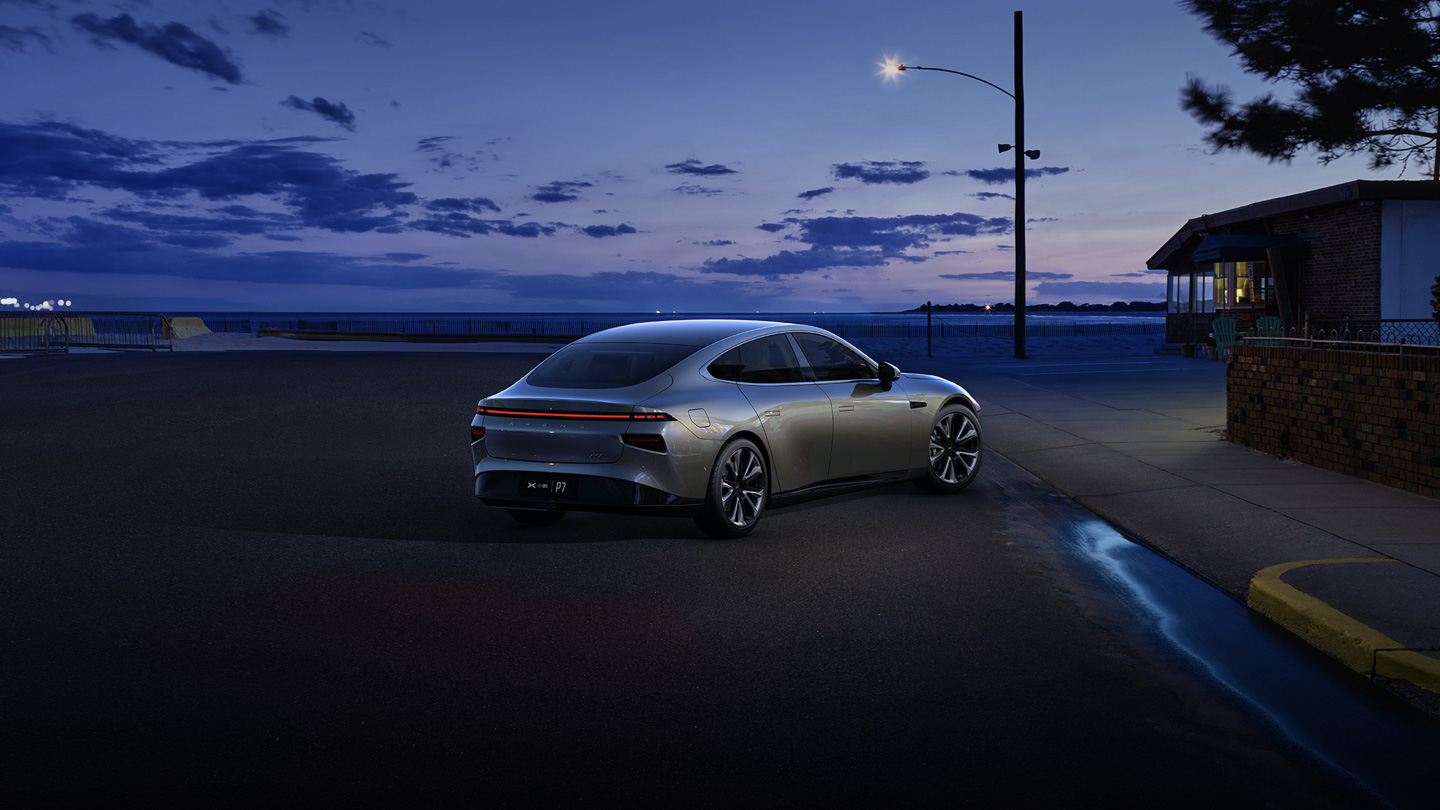
There are two car models, BYD Han and XPeng P7, that directly compete with Model 3 in the same price range. P7 model, which began mass deliveries in late June this year, has become the cornerstone of XPeng’s sales. As of September 30th, P7 has delivered a total of 6,535 vehicles.
This means that P7, which is also a sedan like Model 3, was expected to face the most intense competition. However, this did not prevent P7’s sales from rising. This is largely due to Tesla opening up a gap in the pure electric sedan market, and because there are too few marketable products to choose from, XPeng can easily find its own position in it.
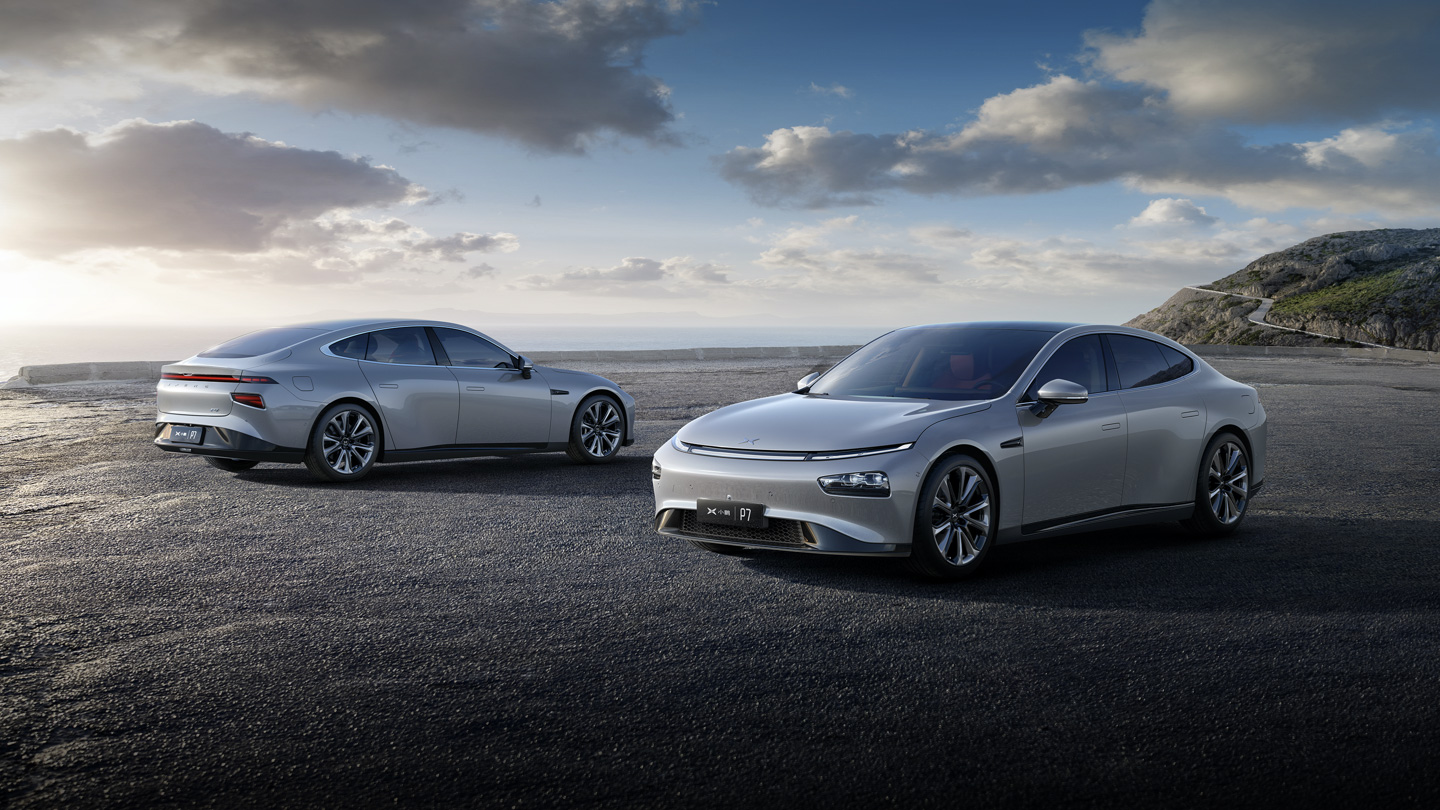
As for NIO and Ideal, their current products occupy different subdivided markets compared with Tesla, so the so-called “competition” relationship is relatively weakened, which is also reflected in sales volume.
NIO delivered 4,708 vehicles in September, an increase of 133.2% year-on-year. From the delivery volume perspective, NIO still ranks first among the three new car-making forces. In the third quarter of this year, NIO’s vehicle deliveries reached 12,206, a year-on-year increase of 154.3%. In 2020, NIO has delivered a total of 26,375 vehicles, an increase of 113.7% year-on-year.
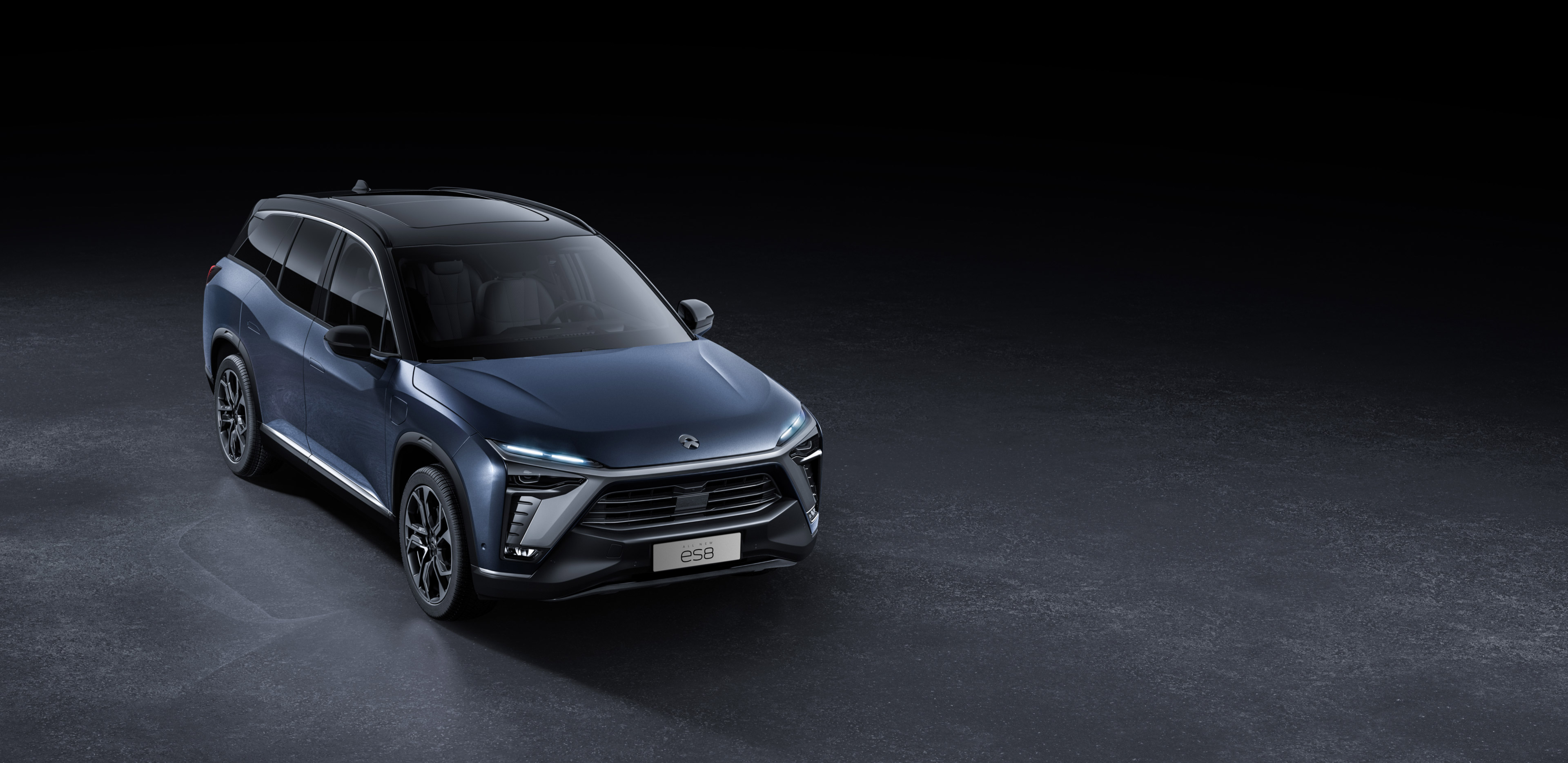
Ideal Automotive, which was the latest of the three new car-making forces to achieve vehicle deliveries, began deliveries in December 2019. Up to now, Ideal Automotive has 35 retail stores covering 30 cities. In September of this year, the company delivered 3,504 vehicles, and by September 2020, Ideal delivered a total of 18,160 vehicles.
Although Tesla has taken the initiative and has price advantages, its emergence has actually caused a “catfish effect” and aroused the potential of domestic new car-making companies.
Final Thoughts
Tesla has just entered the Chinese market and does not have an absolute monopoly on the market. In the future, competition between Tesla and other new energy automakers may emerge as the market develops further. However, it is still too early to say that the new car-making forces are cooling off now. Market demand is diversified. Tesla’s entrance into China is somewhat like Apple’s entrance into China. It actually accelerates the public’s awareness and acceptance of the industry.In the context of using the market to upgrade industry technology, it is both an opportunity and a challenge for every new force in car manufacturing. The key is being able to find a path that suits themselves and produce products that better fit the needs of the users.
This article is a translation by ChatGPT of a Chinese report from 42HOW. If you have any questions about it, please email bd@42how.com.
